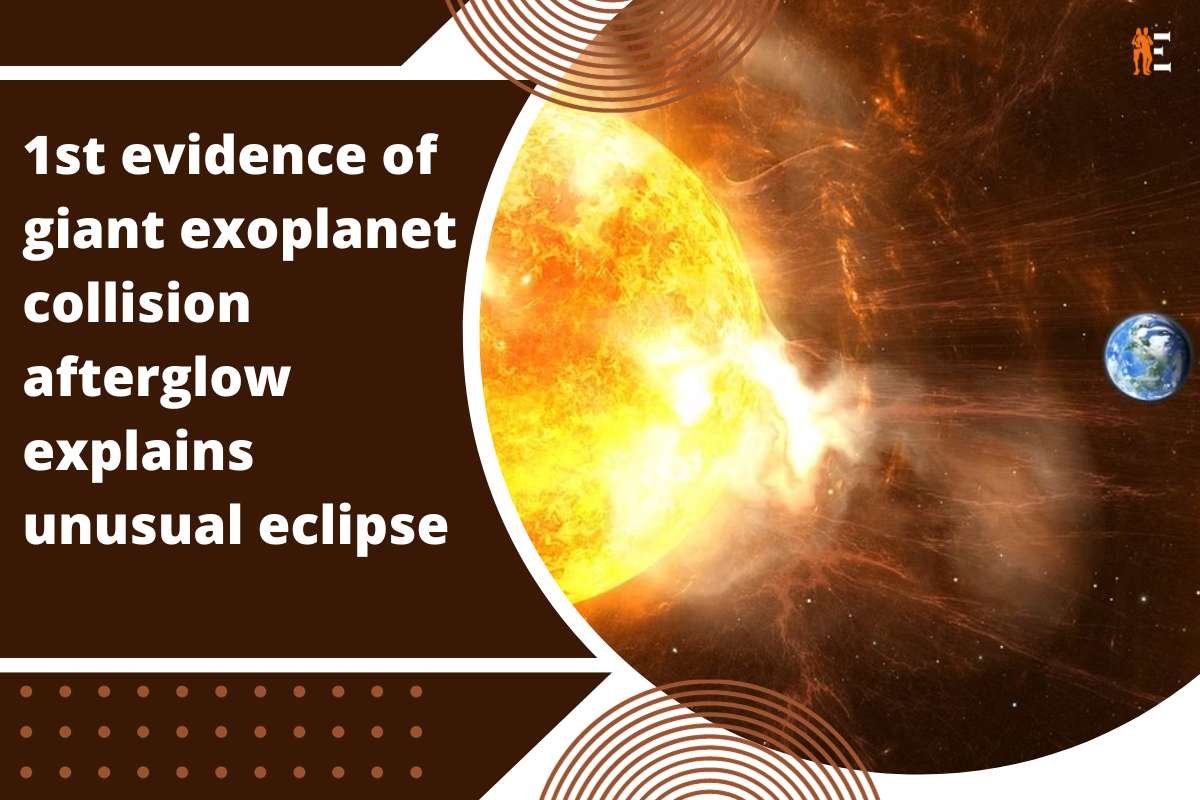An enormous sunspot triggering radio blackouts, Sunspot named AR3354, has recently emerged on the surface of the Sun, causing concerns among space weather scientists. Within just 48 hours, this dark patch expanded to cover an area 10 times wider than Earth, measuring about 1.35 billion square miles (3.5 billion square kilometers). Experts at Spaceweather.com were alarmed by the rapid growth of the colossal sunspot, fearing that it could lead to the release of potentially harmful solar storms.
The power of X-Class Flare
After reaching its full size, AR3354 remained calm until July 2, when it unleashed an X-class flare, the most powerful type of solar flare. These flares are capable of causing significant disruptions on Earth. The radiation from this massive flare collided with Earth’s magnetic field, resulting in the ionization of gases in the upper atmosphere. As a consequence, radio signals were scattered, leading to brief radio blackouts in parts of the United States and the eastern Pacific Ocean.
Fortunately, the disruption lasted only around 30 minutes, sparing us from more severe consequences. Initially, scientists were concerned that the flare could have launched a coronal mass ejection (CME), a cloud of magnetized plasma moving at high speeds. If a CME of this magnitude had reached Earth, it would have caused a major disturbance in our magnetic field, known as a geomagnetic storm. Such a storm could have resulted in a widespread radio blackout affecting up to half of the planet, damaging satellites, and impacting power infrastructure. However, no CME was launched this time.
Massive solar flare causes Radio Blackout in the US and Pacific Ocean | Trending on WION
AR3354 and its Potential
Despite the absence of a CME, AR3354 remains a cause for concern. It has not diminished in size and still possesses the potential to release more M-class and X-class flares in the upcoming days, potentially leading to the launch of CMEs toward Earth.
Sunspots are more frequent and larger during the solar maximum, the most active phase of the Sun’s approximately 11-year solar cycle. In this period, solar flares also become more numerous and intense.
Although scientists predicted that the current solar cycle, which began in December 2019, would peak in 2025 and be relatively uneventful, recent reports suggest otherwise. Live Science revealed that the solar maximum will likely arrive earlier and have a stronger peak than anticipated. The recent eruption of AR3354 supports the notion that the solar peak is rapidly approaching.
AR3354 is the largest sunspot region to emerge this year and the second-largest of this solar cycle. Additionally, the total number of sunspots has exceeded expectations for the past 28 months, according to the National Oceanic and Atmospheric Administration (NOAA).
Comparing previous X-class Flares
This year has witnessed a significant number of X-class flares, with the latest event marking the ninth occurrence. It is noteworthy that this number matches the combined total for 2021 and 2022. In January, a surprise X-class flare narrowly missed Earth, while in February, another X-class flare, accompanied by a plasma shockwave known as a “solar tsunami,” caused radio blackouts upon reaching our planet.
Changes in the Upper Atmosphere
Earth’s upper atmosphere is experiencing notable changes due to the continuous bombardment of solar radiation. The thermosphere, the second-to-last atmospheric layer, is warming at a rate not seen in the past two decades. Geomagnetic storms have played a role in this warming trend. Additionally, various visual phenomena, including auroras and aurora-like occurrences such as airglow and STEVE, are becoming more frequent.











